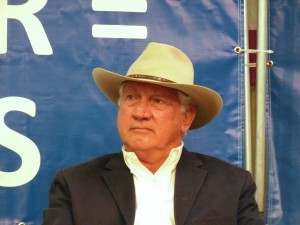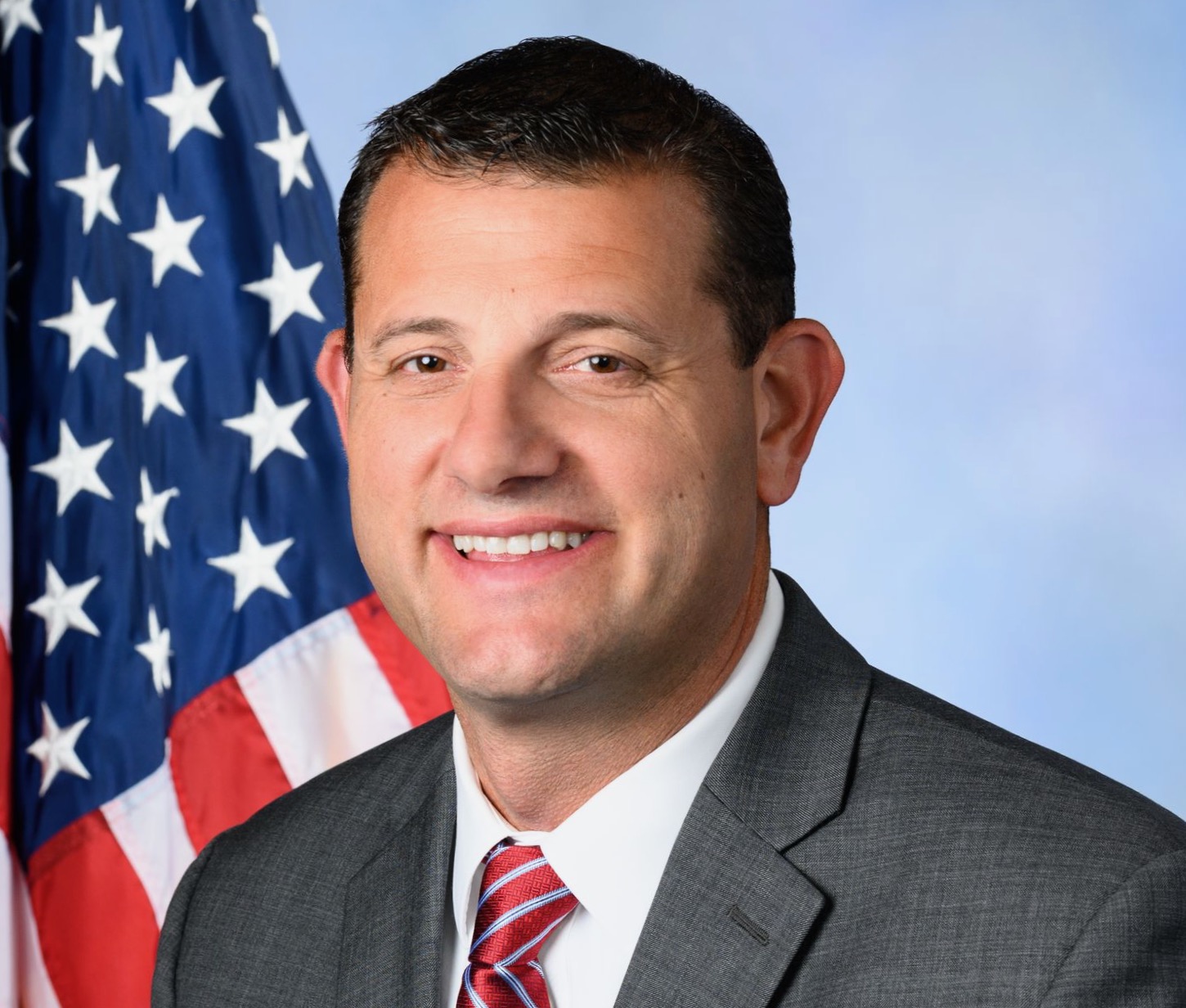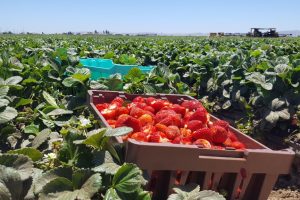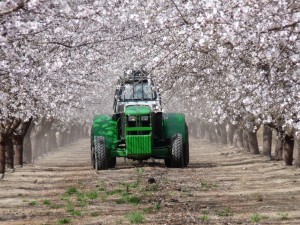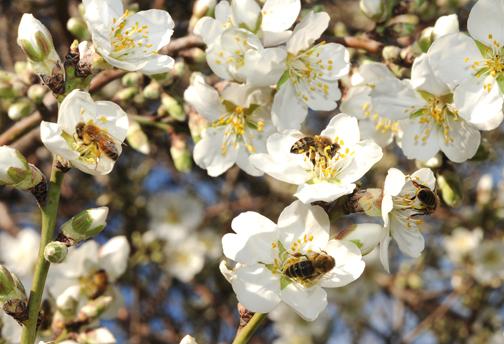Get Vaccinated to Have More Freedom
CDPH Recommendations for Fully Vaccinated Individuals
This week, the California Department of Public Health (CDPH) updated its recommendations for individuals who are fully vaccinated. A few key points from this guidance are below.
Fully vaccinated people can do the following:
• Spend time with other fully vaccinated people, including indoors, without wearing masks or physical distancing (outside a workplace setting).
• Spend time with unvaccinated people from a single household who are at low risk for severe COVID-19 disease indoors without wearing masks or physical distancing.
• Refrain from wearing face coverings outdoors except when attending crowded outdoor events, such as live performances, parades, fairs, festivals, sports events, or other similar settings.
- Refrain from quarantine and testing following a known exposure if asymptomatic.
- Following a known exposure at work, fully vaccinated
workers do not need to quarantine if asymptomatic. - In the workplace, employers subject to the Cal/OSHA
COVID-19 Prevention Emergency Temporary Standards
(ETS) must ensure that employees are following the
current ETS face covering and testing requirements.
Fully vaccinated people should continue to take precautions in public including wearing a well-fitted mask indoors, and when attending crowded outdoor events, as described above. Get tested if experiencing COVID-19 symptoms. If fully vaccinated people test positive for SARS-CoV-2, they should follow CDPH and local health department guidelines regarding isolation and/or exclusion from high-risk settings. For workplace settings, employers should follow the exclusion provisions of the Cal/OSHA COVID-19 Emergency Temporary Standards.
Individuals are considered fully vaccinated when it has been two weeks or more after they have received either their second dose in a 2-dose series (Pfizer or Moderna) or their single-dose vaccine (J&J/Janssen).
As reported by Kahn, Soares & Conway (KSC), for workplace settings, employers should follow the exclusion provisions of the Cal/OSHA COVID-19 Emergency Temporary Standards. The Cal/OSHA COVID-19 Prevention Emergency Temporary Standards (ETS) applies to all employers, employees, and to all places of employment with three exceptions:
• Workplaces where there is only one employee who does not have contact with other people.
• Employees who are working from home.
• Employees who are covered by the Aerosol Transmissible Diseases regulation.
KSC as reported, in correspondence with this week’s CDPH recommendations, and per Executive Order N-84-2020, the Cal/OSHA ETS now stipulates that fully vaccinated individuals who have had a COVID-19 exposure and are asymptomatic no longer need to be excluded under the COVID-19 Emergency Temporary Standards. More information is available in the COVID-19 Emergency Temporary Standards FAQs.



